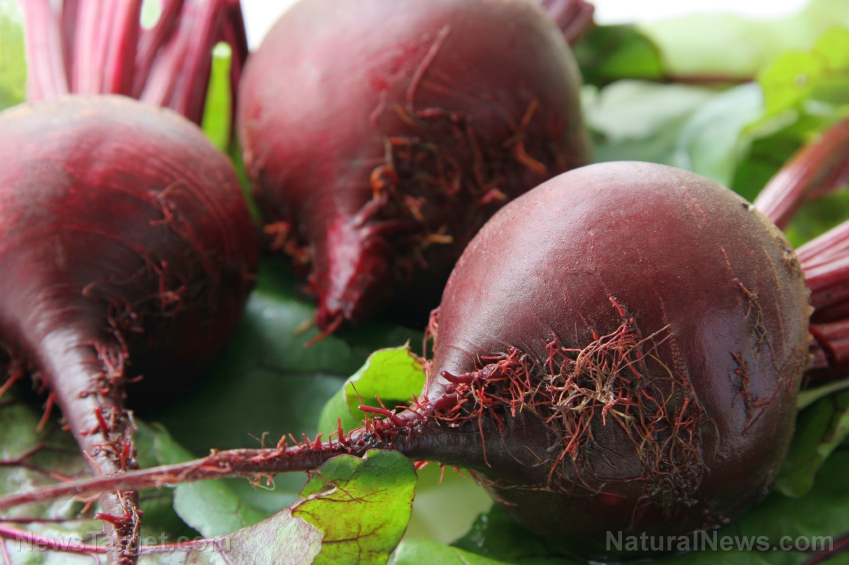
Take note of these steps when planting beets indoors.
- Ready the container - Beets can be grown in both pots or plastic containers that are at least 17 inches deep. Set up the containers by drilling holes in the base if none is present. Next, put something that would catch water that drains from the holes. This could be the container's lid or a plastic sheet.
- Planting the seeds - It is important to note that beets do not thrive well in a crowded space. Beets that grow in a crowded area tend to be ill-formed; this is why space is a vital element in planting the seed. Typically, beet seeds are placed about a 1/4-inch deep in the soil at about a foot apart.
- Cultivating the plant - The seeds need a lot of sunlight to grow, so place your plant near a window or any place exposed to sunlight. Beet seeds germinate in 17 days and grow best in cooler temperatures and uniform moisture. The plant requires very little watering, at only about one inch of water per week.
- Harvesting - While beets can grow to baseball size, it is best to harvest them when they are between the sizes of a golf ball or tennis ball.
Thinking of growing them in a garden? Take note of these tips.
- Soil - The plant requires a well-prepared, rich, moist soil. Beet seeds prefer a phosphorus-rich soil to germinate. Amend the soil with aged manure, and ensure that the soil's temperature reaches 50 degrees Fahrenheit before planting the seeds.
- Planting - Plant the seeds at about half an inch in to the soil. Beets can also be grown in plug trays before transplanting directly into garden. Transplant pre-grown seedlings eight to 10 inches apart. There is no need to till or thin them as they will push themselves away from each other once they develop. It is ideal to plant the seeds as early crops between March and April, and as late crops between June and September.
- Caring - Beets require a lot of moisture, so water the plants when the weather is dry. This will prevent the plant from bolting. Remove weeds by hand or by using a hoe.
- Harvesting - Beets can be harvested when they are between the sizes of a golf ball or tennis ball. You may also harvest the leaves for compost or cook them like spinach. You may leave the roots sown later in the season if winters are mild.
The superfood known as the beetroot
Beetroot, more commonly known as beets, are increasingly becoming popular as a superfood for their many health benefits. Beets contain high levels of vitamins A and C, and is a rich source of iron. The root vegetable is also packed with essential minerals such as manganese, potassium, magnesium, and phosphorus. Beets are also a good source of folate, thiamine, riboflavin, and pantothenic acid. (Related: To know more about other superfoods, visit SuperFoods.news).
Beets have also been shown to keep certain health conditions in check. According to researchers at the Wake Forest University, drinking beetroot juice helps improve blood flow and oxygenation in certain areas of the brain affected by age. This demonstrates that beets may show potential in slowing down the progression of dementia in older patients. Beets are also contain high levels of choline. The anti-inflammatory compound is known to boost learning and memory, sleep, and muscle movement.
A growing number of studies also show that beets help maintain a healthy blood pressure level. An Australian study finds that people who consumed beetroot juice attained significant reductions in blood pressure levels than those who did not. Another Australian study reveals that drinking beetroot juice promotes cancer remission, suggesting that the vegetable is a natural cancer fighter.
With so many health benefits, it only proves beneficial to cultivate beets. Follow more news about the healing power of root vegetables at Veggie.news.
Sources:
Please contact us for more information.






















